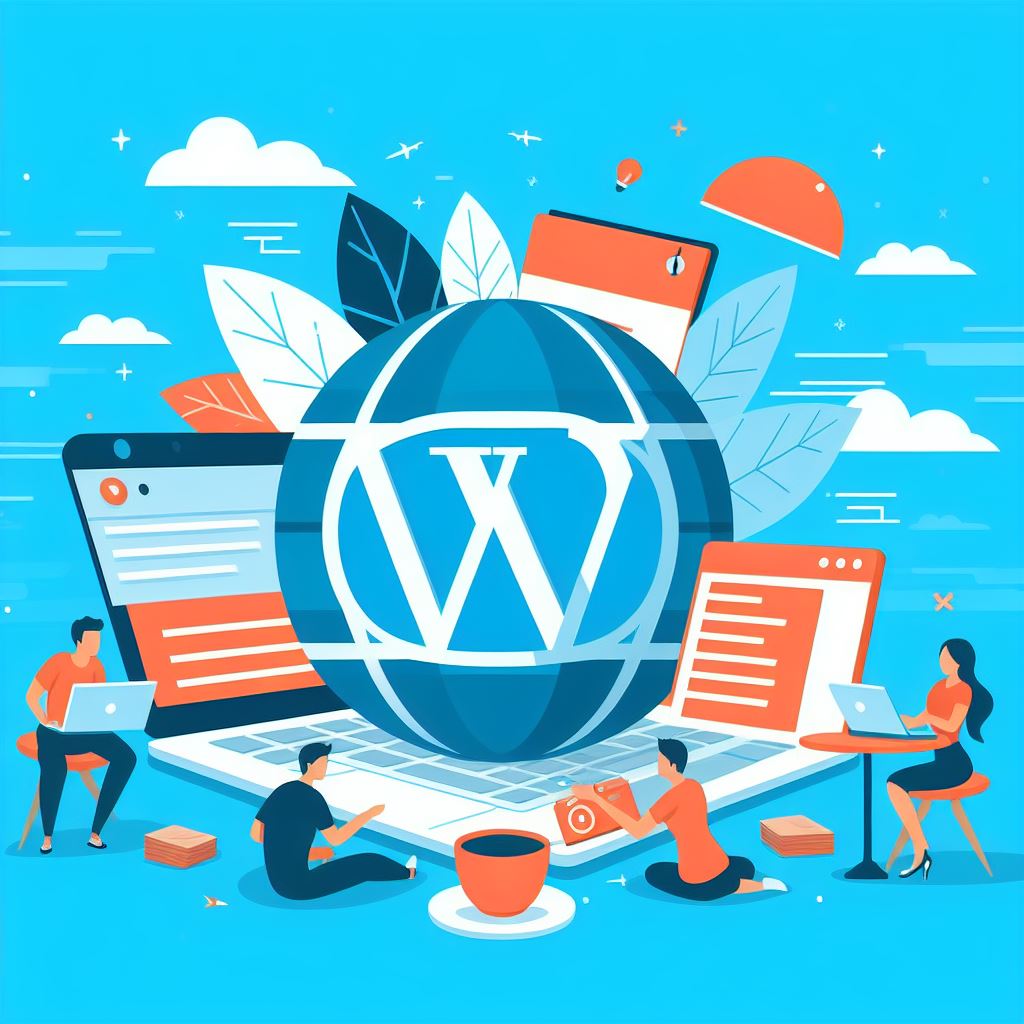Having a local environment to test and experiment with your WordPress website is crucial. Installing WordPress locally provides a safe and controlled space to tweak themes, plugins, and configurations before pushing changes to a live site. In this comprehensive guide, we’ll walk you through the process of setting up a local WordPress installation, ensuring a smooth development experience.
Why Install WordPress Locally?
Before diving into the installation process, let’s briefly explore why setting up a local WordPress environment is beneficial.
Development Isolation
When you install WordPress locally, you create a self-contained environment on your computer. This isolation allows you to experiment freely without affecting your live website. Any changes made locally won’t impact your live site until you’re ready to deploy them.
Faster Development
Local installations are much faster than working on a remote server. Since everything is stored and processed on your machine, page loading times are significantly reduced. This can greatly enhance your development workflow, enabling quicker testing and debugging.
Offline Access
With a local WordPress setup, you can continue working even without an internet connection. This can be particularly useful when traveling or during internet outages, ensuring uninterrupted development.
Choosing a Local Server Environment
To get started with your local WordPress installation, you need to set up a local server environment. There are several options available, but two of the most popular ones are XAMPP and MAMP.
XAMPP (Cross-Platform, Apache, MySQL, PHP, Perl)
XAMPP is a free and open-source cross-platform web server solution stack package developed by Apache Friends. It includes Apache, MySQL, PHP, and Perl. The installation process is straightforward, making it an excellent choice for beginners.
MAMP (Mac, Apache, MySQL, PHP)
If you are a Mac user, MAMP is a user-friendly local server environment. It includes Apache, MySQL, and PHP, making it a robust choice for macOS users.
Step-by-Step Guide to Install WordPress Locally
Now that you’ve selected your local server environment, let’s dive into the installation process for WordPress.
Step 1: Download and Install XAMPP or MAMP
Start by downloading and installing either XAMPP or MAMP based on your operating system. Follow the installation wizard, and ensure that Apache and MySQL are selected during the installation process.
Step 2: Start the Local Server
Once installed, launch XAMPP or MAMP and start the local server. This action initiates Apache and MySQL, creating a local environment for your WordPress site to run.
Step 3: Download WordPress
Navigate to the official WordPress website and download the latest version of WordPress. Extract the downloaded ZIP file to a location on your computer.
Step 4: Create a Database
Open your local server’s control panel and navigate to the phpMyAdmin interface. Create a new database for your WordPress installation. Note down the database name, username, and password, as you will need them during the WordPress installation.
Step 5: Configure WordPress
Locate the “wp-config-sample.php” file in your extracted WordPress folder. Rename it to “wp-config.php” and open it in a text editor. Enter the database details you created in the previous step and save the file.
Step 6: Install WordPress
Move the entire WordPress folder to the “htdocs” directory in XAMPP or the “htdocs” or “www” directory in MAMP. Open your web browser and navigate to “http://localhost/your-wordpress-folder.” Follow the on-screen instructions to complete the WordPress installation.
Step 7: Access the WordPress Dashboard
Once the installation is complete, you can access the WordPress dashboard by navigating to “http://localhost/your-wordpress-folder/wp-admin.” Log in with the credentials you set during the installation process.
Troubleshooting Tips
While the installation process is generally smooth, you may encounter issues. Here are some common troubleshooting tips:
Port Conflicts
Ensure that the ports used by Apache and MySQL are not conflicting with other applications on your computer. You can change the default ports in the server settings.
File Permissions
Check and adjust file and folder permissions to avoid issues with reading or writing files. The “wp-content” folder and its subdirectories should be writable.
Firewall Settings
Your computer’s firewall may block the local server. Adjust firewall settings to allow connections to Apache and MySQL.
Conclusion
Installing WordPress locally is a valuable skill for web developers and designers. It provides a secure and efficient environment for testing and development, ultimately leading to a more polished and reliable live website. By following this step-by-step guide, you can easily set up a local WordPress installation using popular local server environments like XAMPP or MAMP. Start experimenting with your WordPress site locally today, and enhance your development workflow with confidence.



